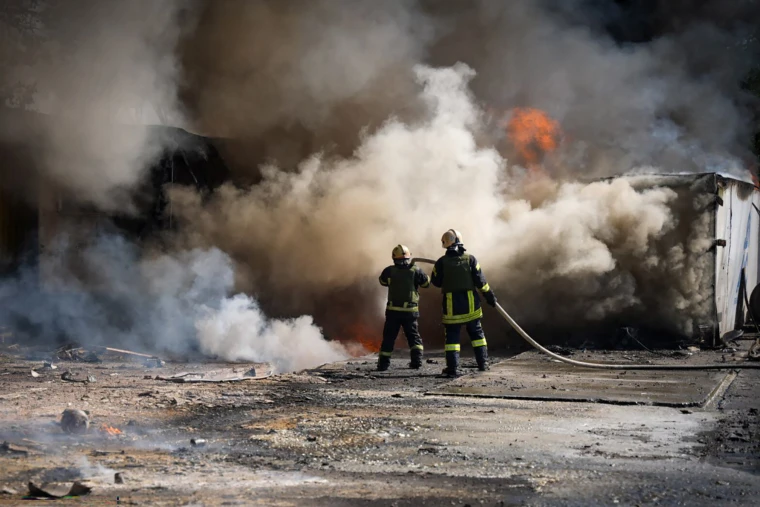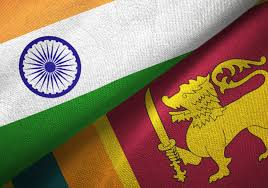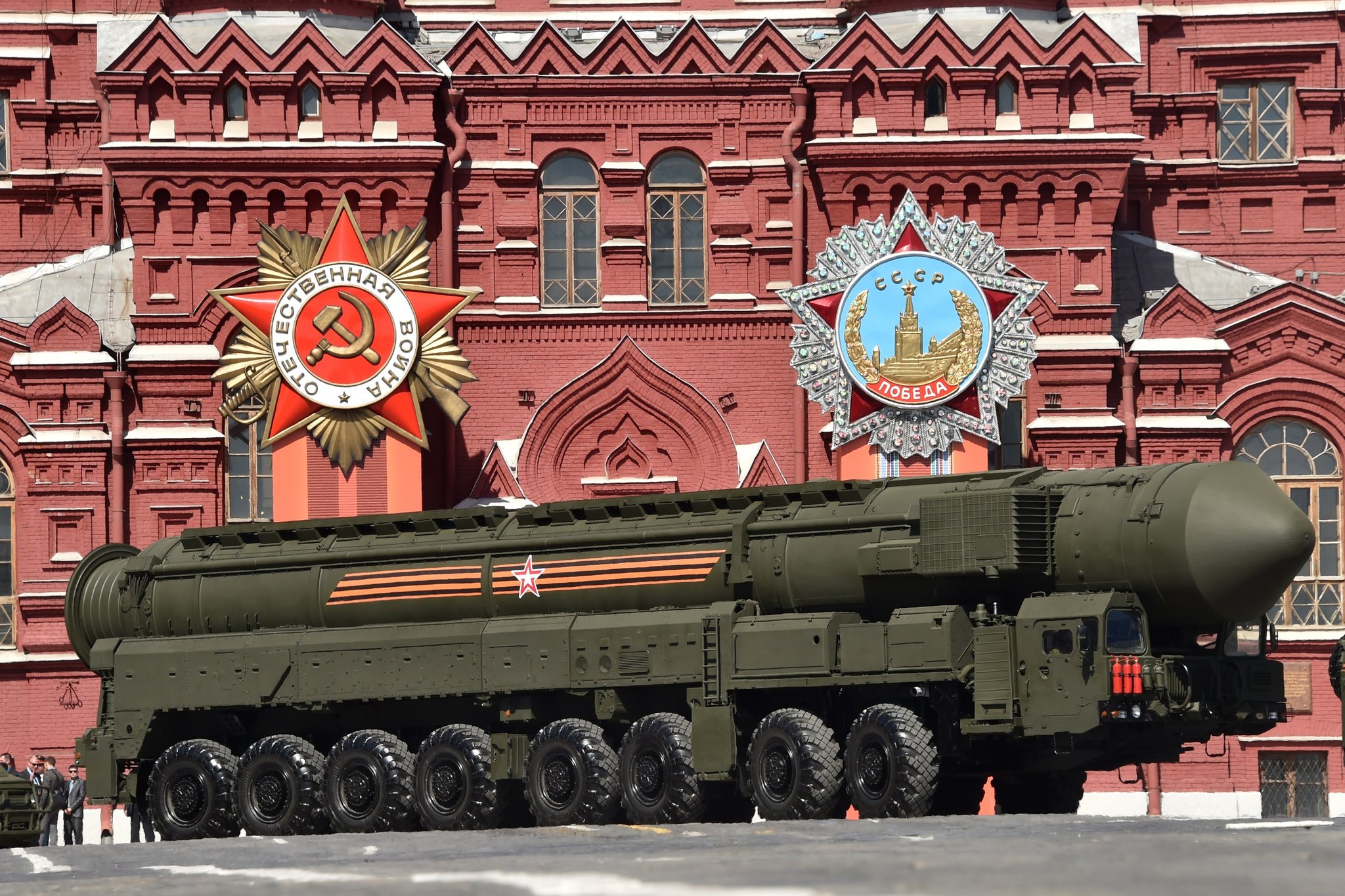Russia’s war in Ukraine tilts toward grinding pressure, not breakthrough

Front-line map shifts by kilometers, not cities
Russia is leaning on constant pressure across eastern Ukraine instead of dramatic armored pushes, aiming to wear down Kyiv’s troops while testing how far the West will still go for Ukraine. Russian President Vladimir Putin recently claimed Moscow has seized thousands of square kilometers in 2025 and now holds “the initiative,” pointing to advances around key Donetsk-region hubs like Pokrovsk and along parts of the northern border. Ukrainian officials dispute the scale but admit certain towns are being squeezed by daily glide-bomb strikes and swarms of cheap first-person-view drones flown from close range. Residents describe a war that now feels like erosion. Villages, gas stations, and warehouses are hit after dark. Power flickers. People leave in slow waves rather than mass evacuations.
U.S. and European officials say they are trying a twin-track response. First, they want to stop Russia from dictating terms on the ground by speeding delivery of air defenses and longer-range missiles. Second, they are debating how to use frozen Russian state assets to fund Ukraine’s survival, something European governments once saw as legally risky but now describe as “financial self-defense.” Diplomats privately admit that pressure is mounting on Kyiv to consider some form of partial ceasefire, but that talks remain stuck. Moscow keeps saying it wants recognition of battlefield gains. Kyiv refuses to sign away occupied land.
The politics of “enough”
War fatigue is getting louder outside the battlefield. Russian strikes on energy and transport infrastructure are meant to shake Ukraine’s rear areas before winter. In Kyiv, people are again clearing debris from drone impacts and repairing blown-out windows in office blocks. At the same time, Ukraine’s allies are staring at their own constraints. Western stockpiles of certain air-defense interceptors are low. Domestic politics in NATO countries are sharper. Leaders can still promise support, but they face voters who ask how long the money and missiles will keep flowing.
For Ukraine, this is a dangerous point in the war. It has to prove it can hold major cities without air superiority, convince partners that aid will still matter, and show its public that daily sacrifice is not just delay before a dictated peace. For Russia, the bet is patience. Moscow is signaling that it can sit under sanctions, absorb oil restrictions, and still fund a slow grind forward. The front line barely moves on the map in any single day. But both sides now act as though time itself is a weapon.






















